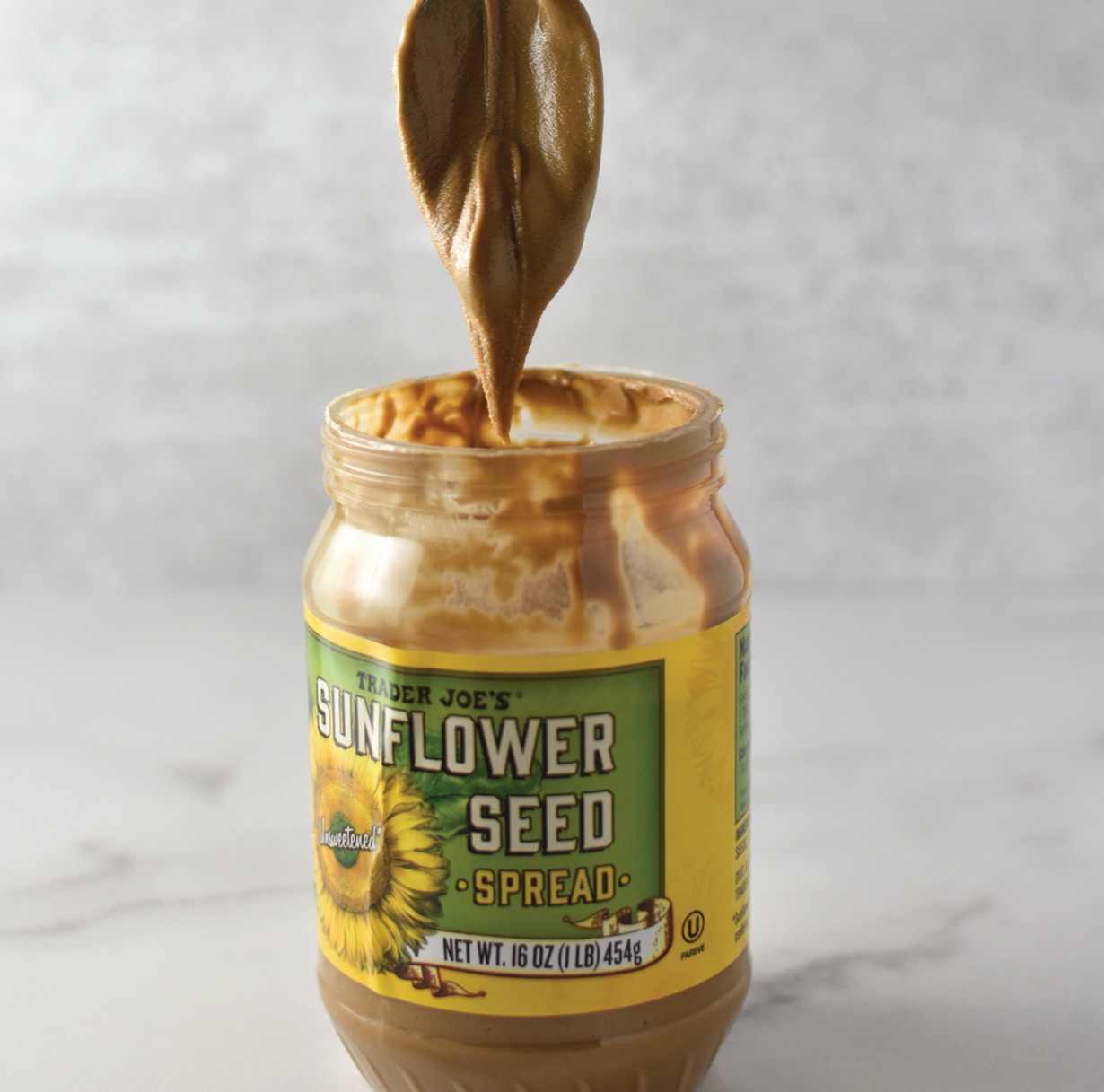Common Substitutions & Tips
BUTTER Using good butter is important, and I favor Kerrygold since it’s pure butter with no natural flavorings. Yes, you must watch for hidden MSG in butter—is nothing sacred?! Ghee (clarified butter) is another good option, particularly for those who are sensitive to milk proteins.
BUTTERMILK This is not allowed because of the fermentation, but you can make an easy substitute by combining one cup milk with one tablespoon distilled white vinegar.
CITRUS Substitutes include distilled white vinegar, lemongrass, lemon thyme, and ground sumac, to name a few. Less commonly found substitutes are tamarind, lime leaves, and lemon balm. My favorite citrus substitutes for marinades and drinks are cranberry, pomegranate, and tart cherry juices.
NUTS Seeds are the best replacement for nuts (and so underrated, in my opinion). Sunflower seeds, pepitas (pumpkin seeds), hemp seeds, sesame seeds, and chia seeds all make wonderful additions to salads. Even after I reintroduced some nuts, I find that I rarely used them. Now I almost always prefer the flavor of sunflower seeds and pepitas.
ONIONS Shallots, leeks, chives, and green onions all make smart substitutes for onions. I prefer shallots to replace red onion, and the rest I judge by flavor. Leeks and green onions have a more delicate onion flavor than shallots. I prefer leeks for soups and shallots for bolder main-course dishes. I typically use two to three small shallots to replace one onion in a recipe.

PEANUT & ALMOND BUTTER Sunflower seed butter is the ultimate replacement. I find the flavor varies greatly, so you may need to test out a few brands to see which one you prefer. My personal favorites are Trader Joe’s and SunButter brand without added sugar. Tahini is another option.
SOUR CREAM OR YOGURT Try whipped cottage cheese (without live cultures). Just blend it in the food processor for a minute until smooth.
SOY SAUCE I use coconut aminos to replace soy sauce, but this product is a real gray area. Made from the sap of a coconut blossom, some brands are fermented. Most people in my groups can tolerate these well, but it’s something to watch for and perhaps eliminate in the beginning if you are chronic. Coconut aminos are much sweeter than soy sauce, so you’ll have to watch if a recipe calls for added sugar. I like to cut the sweetness with a little broth, salt, and toasted sesame oil.
WHITE WINE When a recipe calls for white wine, I always replace it with stock or broth. You’ll find two tasty broth recipes in this book. It is nearly impossible to find a truly safe broth in stores. The closest I’ve come is Trader Joe’s Hearty Vegetable, which has onion, but it’s lower on the list of ingredients compared to others. I like to make a big batch of stock every week and freeze it. It really doesn’t take as much time as you think, and you can use the leftover veggies for snacks.
RECIPE NOTES
MY GO-TO INGREDIENTS Here are the items that I always keep on hand in my kitchen for quick migraine-compliant meals and snacks: sunflower seed butter, sunflower seeds, apples, pasta, marinara sauce (look for “sensitive” onion-free formulas), frozen vegetables and fruit, plain sparkling water, crackers and safe cheese, good butter (Kerrygold), safe Dijon mustard (wine- and sulfite-free, like Annie’s Organic), Sriracha (sulfite-/additive-/citrus-free), frozen homemade stock (recipe on page 81), gluten-free oats, distilled white vinegar, and cauliflower pizza crust.
A NOTE ON FLOUR A lot of all-purpose flour contains malted barley, which acts like MSG for sensitive individuals and can therefore be a migraine trigger. Bob’s Red Mill Organic Unbleached White All-Purpose is one I like to use. King Arthur’s Whole Wheat Flour is another good one with just red wheat, but there are a few brands out there with simple ingredients. For gluten-free cooking, I like to keep brown rice flour, oat flour, and arrowroot powder on hand.
A NOTE ON SALT I use Diamond Crystal Kosher salt for these recipes. It’s important to note that if you use the same amount of another brand of kosher salt, such as Morton, the recipes may turn out too salty. Most of these recipes you can season to taste, but in things you cannot test ahead of time (like raw meat), just cut the salt recommendation in half if you are not using the Diamond Crystal brand. Technically salt is not a migraine trigger, although some people with other vestibular disorders find it bothers them. Due to a number of vestibular migraine sufferers also having Meniere’s Disease, which requires a low-sodium diet, I tend to go light on the salt. Many of these recipes will be very flavorful without added sodium.
KEY TO THE RECIPES Look for these symbols throughout the book to help you find recipes that will fit your dietary restrictions or preferences.
